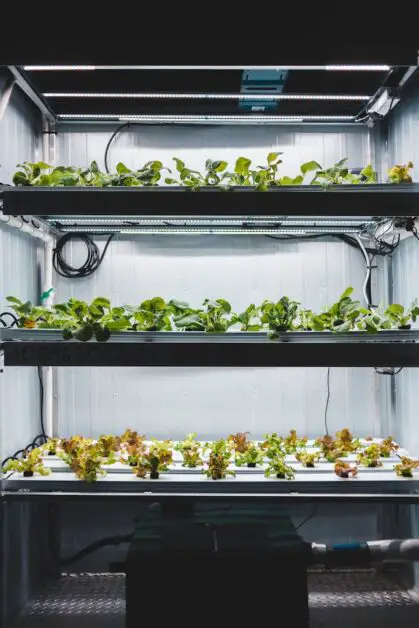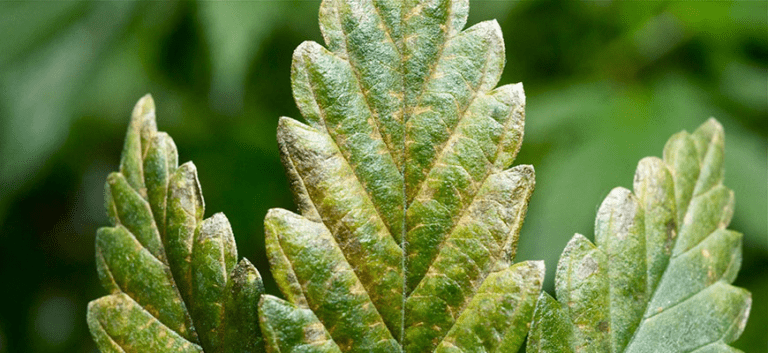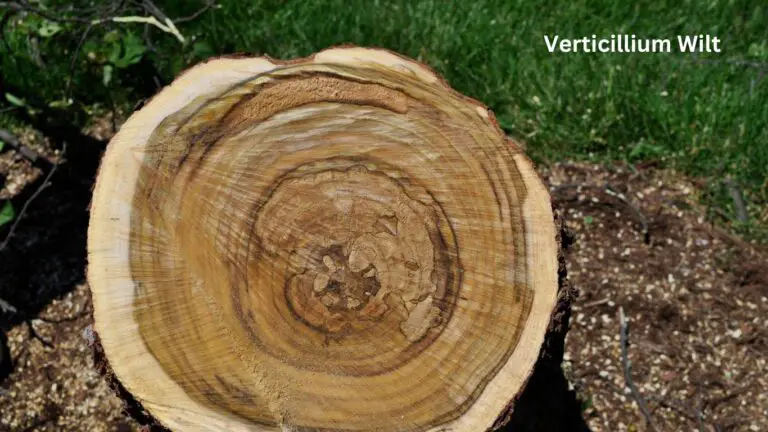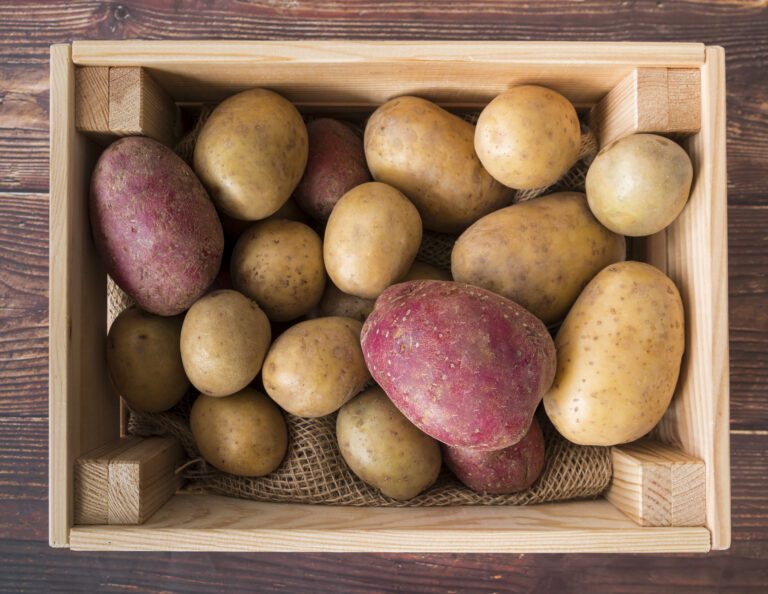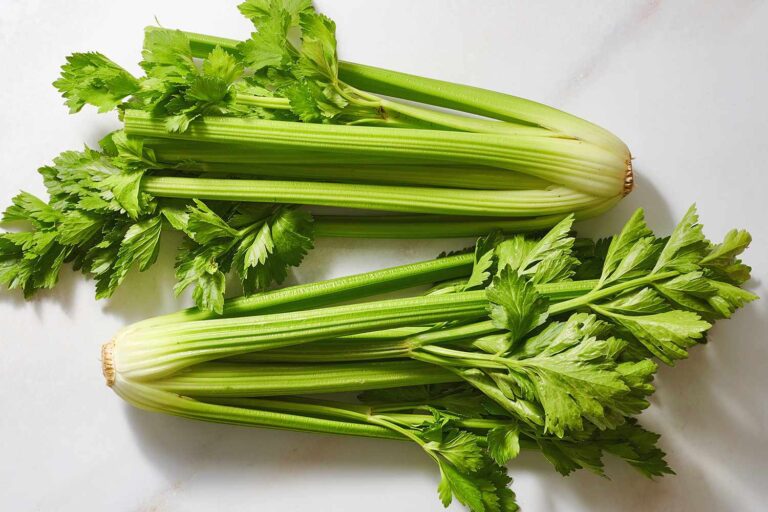How to Grow Christmas Cactus: A Guide to Growing These Festive and Flowering Succulents
Table of Contents
Introduction to a Unique Succulent
The Christmas cactus, also known as Schlumbergera, is a unique and enchanting succulent that brings a touch of beauty and serenity to any space. With its vibrant and delicate blossoms that bloom during the holiday season, this succulent is a favorite among gardening enthusiasts. Whether you are a seasoned gardener or a beginner just starting your plant collection, the Christmas cactus is a wonderful addition that will surely delight your senses.
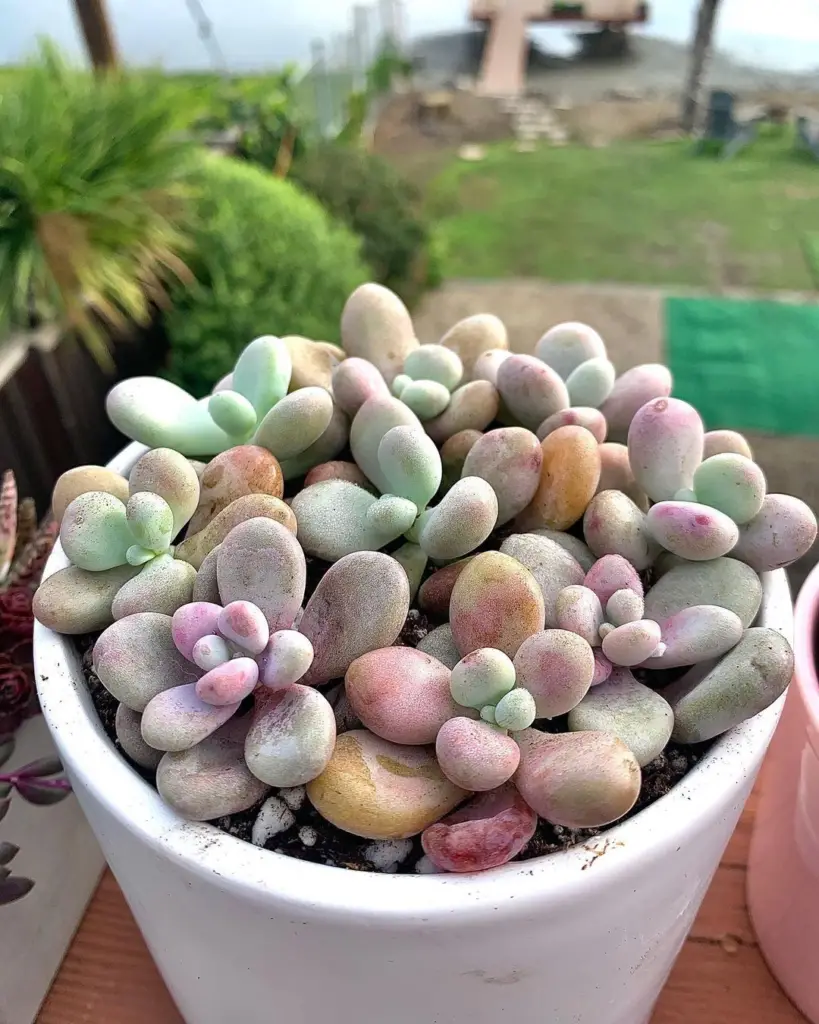
What sets the Christmas cactus apart from other succulents is its ability to thrive in indoor settings, making it a perfect choice for those who don’t have access to outdoor gardening spaces. Its popularity also stems from the fact that it is relatively low maintenance and can withstand a range of growing conditions. However, to ensure optimal growth and blossoming, it is important to provide the right care and environment for your Christmas cactus. From selecting the perfect plant to understanding its unique requirements, this article will guide you through the journey of nurturing and enjoying this captivating succulent.
Selecting the Perfect Christmas Cactus: Tips for Choosing the Right Plant
When it comes to selecting the perfect Christmas cactus, there are a few key factors to consider. One of the first things to look for is the overall health of the plant. Choose a cactus that has vibrant green stems and leaves, without any signs of discoloration or wrinkling. This indicates that the plant is well-nourished and in good condition.
Additionally, take note of the cactus’s size. While Christmas cacti can vary in size, it’s generally better to choose a plant that is slightly smaller rather than larger. Smaller plants are often more adaptable and can adjust to new environments more easily. Furthermore, smaller cacti can grow and spread over time, allowing you to enjoy a larger and more abundant plant in the future.
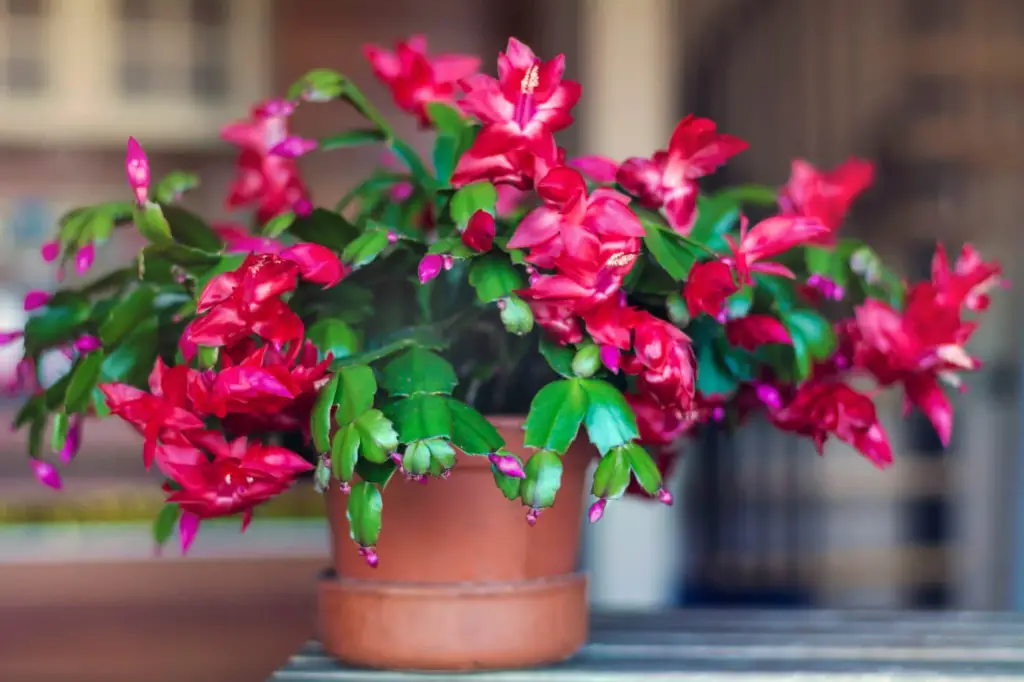
Providing the Ideal Growing Conditions: Creating a Suitable Environment for Your Christmas Cactus
The ideal growing conditions play a vital role in creating a suitable environment for your Christmas cactus. These unique succulents thrive in moderate temperatures between 65-75°F (18-24°C) during the day and slightly cooler temperatures of 55-65°F (13-18°C) at night. It is crucial to avoid extreme heat or cold, as it can cause stress to the plant and hinder its growth.
Another important consideration is providing adequate moisture without overwatering. Christmas cacti prefer a well-draining soil mix that retains some moisture but doesn’t become waterlogged. It’s recommended to water the plant thoroughly but allow the soil to dry out slightly between waterings. Overwatering can lead to root rot and other diseases, so it’s essential to find the right balance. In addition to watering, maintaining proper humidity levels between 40-50% can contribute to healthy growth and prevent issues like leaf drop.

Watering Techniques: Ensuring Proper Hydration for Healthy Growth
Watering techniques are crucial for maintaining the health and vitality of your Christmas cactus. This succulent, native to the rainforests of Brazil, thrives in a humid environment and has specific hydration requirements. Overwatering can lead to root rot and other complications, while underwatering can cause wilting and stunted growth. To ensure proper hydration, it is essential to follow a few key watering practices.
Firstly, it is important to note that Christmas cacti prefer slightly moist soil, but not soaking wet. A good practice is to water the plant thoroughly, allowing the excess water to drain from the pot’s bottom. However, be cautious not to let the plant sit in standing water, as this can lead to root rot. It is advisable to check the top inch or two of soil before watering again, ensuring it has dried out sufficiently. This will help prevent overwatering and promote healthy root growth. Remember, striking a balance is key to maintaining the optimal hydration levels for your Christmas cactus.
Fertilizing Strategies: Nourishing Your Christmas Cactus for Optimal Blooming
Fertilizing Strategies: Nourishing Your Christmas Cactus for Optimal Blooming
Fertilizing your Christmas cactus is crucial for promoting healthy growth and vibrant blooms. These succulents require a balanced and nutrient-rich diet to thrive, so it’s essential to provide the right fertilizing strategies. The key is to choose a fertilizer specifically formulated for cacti and succulents, as they have unique nutrient requirements.
When it comes to fertilizing your Christmas cactus, timing is everything. It’s recommended to start fertilizing in the spring when the plant starts actively growing. During this period, a monthly application of a balanced fertilizer with an N-P-K ratio of 10-10-10 or 20-20-20 can provide the necessary nutrients. However, as the cactus transitions into dormancy in late summer, it’s essential to reduce or stop fertilizing altogether to avoid overfeeding and potential damage to the plant’s delicate roots.
In addition to timing, it’s also essential to consider the dosage and application method. The general guideline is to dilute the fertilizer to half the recommended strength and apply it directly to the soil, avoiding contact with the cactus’ leaves and stems. This helps prevent burn or damage to the plant. Regularly monitoring the soil’s moisture levels and adjusting the watering frequency can also aid in proper nutrient uptake and prevent fertilizer buildup that may harm the plant. Understanding these fertilizing strategies will ensure that your Christmas cactus receives the nourishment it needs for optimal blooming.
Light Requirements: Finding the Right Balance of Sunlight for Your Succulent
Finding the right balance of sunlight is crucial for the optimal growth and health of your Christmas cactus. While these succulents thrive in bright indirect light, exposing them to direct sunlight can be harmful. Ideally, place your Christmas cactus near a window with filtered light or use a sheer curtain to diffuse the intensity of the sun’s rays. This will prevent the leaves from getting scorched and ensure that your succulent retains its vibrant green color.
If you’re growing your Christmas cactus indoors, it’s important to remember that they require a certain amount of darkness to encourage blooming. These succulents are photoperiodic, meaning they rely on the length of day and night to trigger their flowering cycle. To promote blooming, provide your Christmas cactus with 12-14 hours of darkness each day for approximately six weeks leading up to the desired blooming period. Pairing this dark period with the appropriate amount of filtered light will help your succulent produce those beautiful and vibrant flowers just in time for the holiday season.
Remember, finding the right balance of sunlight is essential for the overall well-being of your Christmas cactus. By providing the appropriate amount of filtered light and a designated dark period for blooming, you can ensure that your succulent thrives and graces your home with its stunning floral display.
Temperature and Humidity: Maintaining the Ideal Climate for Your Christmas Cactus
Maintaining the appropriate temperature and humidity is crucial for the optimal growth and overall well-being of your Christmas cactus. This succulent thrives in moderate temperatures, ideally between 60-70°F (15-21°C) during the day and slightly cooler at night. Drastic fluctuations in temperature can be detrimental to your plant, so it’s essential to avoid exposing it to extreme heat or cold.
In terms of humidity, the Christmas cactus prefers a moderate to high level of moisture in the air. Aim for around 50-60% humidity to create a favorable environment for your succulent. If the air in your home is naturally dry, especially during winter months when indoor heating is on, you may need to take some steps to increase the humidity. Placing a tray filled with water near the plant or using a humidifier can help maintain the desired humidity level. However, be cautious not to overly saturate the soil, as excess moisture can lead to root rot and other issues.
Potting and Repotting: Choosing the Right Container and Transplanting Your Cactus
Potting and repotting are crucial aspects of maintaining the health and growth of your Christmas cactus. Choosing the right container is the first step in ensuring a conducive environment for your plant. When selecting a container, opt for one with drainage holes at the bottom to prevent waterlogging, as excess moisture can lead to root rot. Additionally, choose a pot that is slightly larger than the current one, allowing enough room for the roots to grow. A well-draining potting mix, specifically formulated for cacti and succulents, should be used to provide the necessary nutrients and promote proper drainage.
Transplanting your Christmas cactus is necessary when it outgrows its current pot or when you observe signs of poor growth. The best time to repot your cactus is during the dormant period, usually in late winter or early spring. To transplant, gently remove the cactus from its current container, being careful not to damage the roots. Shake off any excess soil and examine the roots for any signs of damage or disease. If necessary, trim any dead or rotting roots with clean and sterilized tools. Place the cactus in its new pot, ensuring that it sits at the same soil level as before. Fill the gaps with fresh potting mix, gently pressing it down to provide firm support. After repotting, water the cactus sparingly for the first few weeks, allowing it to adjust to its new environment. With proper potting and repotting techniques, your Christmas cactus will thrive and continue to bring joy with its vibrant blooms.
| Aspect | Potting | Repotting |
|---|---|---|
| Container Type | Choose a well-draining container, preferably with drainage holes to prevent waterlogging. Terra cotta or plastic pots work well. | If the cactus has outgrown its current pot or the soil is depleted, consider moving it to a slightly larger pot with fresh, well-draining soil. |
| Soil Mix | Use a cactus mix or create a blend with sand, perlite, and well-draining soil to ensure proper aeration and drainage. | During repotting, replace the old soil with a fresh cactus mix. Check for signs of root rot and trim any damaged roots. |
| Transplanting Time | Best done during the growing season in spring or early summer when the cactus is actively growing. | Repot if the cactus shows signs of stress or has outgrown its current container. Avoid repotting during the dormant season. |
| Transplanting Procedure | Gently remove the cactus from its current pot, shake off excess soil, and place it in the new container. Allow it to settle, and water sparingly. | Carefully lift the cactus from its pot, shake off old soil, inspect the roots, and place it in the new pot. Water lightly after repotting and avoid direct sunlight for a few days. |
| Watering After Transplant | Water sparingly after potting to avoid overhydration. Allow the soil to dry before the next watering. | Water lightly after repotting, but avoid saturating the soil. Gradually resume regular watering once the cactus has adjusted to its new pot. |
| Monitoring | Keep an eye on the cactus for signs of stress or overwatering. Adjust watering frequency if necessary. | Monitor the cactus closely for a few weeks after repotting. Watch for signs of stress or overwatering, and make adjustments as needed. |
Propagation Methods: Expanding Your Christmas Cactus Collection through Cloning
Propagation Methods: Expanding Your Christmas Cactus Collection through Cloning
Cloning is a popular and effective method for expanding your collection of Christmas cacti. With this technique, you can create new plants that are genetically identical to the original, preserving the desirable traits that you admire. One of the most common methods of cloning is through stem cuttings.
To propagate your Christmas cactus through stem cuttings, start by selecting a healthy and mature plant. Using a sharp, sterilized knife or scissors, cut a 3-4 inch section of a stem from the parent plant. Make sure to choose a stem that is not flowering and has at least two or three segments. Allow the cutting to dry for a few days to prevent rotting. Once the cut end is calloused over, you can plant it in a well-draining soil mixture or simply place it in water until roots form. Maintain high humidity and provide indirect or filtered light to promote successful rooting.
Another method of cloning is through leaf cuttings. This technique is particularly useful when you want to propagate a Christmas cactus that has lost its stem, or when you have a leaf that has fallen off naturally. To propagate using leaf cuttings, choose a healthy leaf and gently twist it off the parent plant. Allow the leaf to dry for a few days, and then place it on a well-draining soil mix. Keep the soil consistently moist but not waterlogged, and provide warmth and indirect light. Over time, new roots will emerge from the base of the leaf, and a new plant will begin to develop.
Pruning and Shaping: Tips for Maintaining a Compact and Attractive Plant
When it comes to pruning your Christmas cactus, start by removing any dead or damaged stems, as well as those that are crossing or rubbing against each other. This will help improve air circulation and prevent the spread of diseases. Additionally, you can selectively prune longer stems to promote a more balanced and symmetrical appearance. Be sure to use sterilized pruning shears or scissors to avoid introducing harmful bacteria or fungi to the plant.
Shaping your Christmas cactus is another way to enhance its aesthetic appeal. To encourage branching, gently pinch the tips of the stems, which will prompt the plant to develop lateral growth. This will result in a fuller and bushier appearance. Alternatively, if you prefer a different shape, such as a cascading form, you can train the stems to grow in a specific direction by using small stakes or plant ties. As you shape your Christmas cactus, keep in mind that it’s important to allow for some flexibility in the growth pattern, as the plant will naturally adapt to its environment.
Pruning and shaping are essential tasks for maintaining a healthy and visually appealing Christmas cactus. By carefully trimming and manipulating the growth of your succulent, you can encourage a more compact and attractive plant. However, it’s crucial to approach pruning and shaping with caution, as improper techniques can result in damage or hinder future growth.
Dealing with Common Pests and Diseases: Protecting Your Christmas Cactus from Harmful Invaders
Dealing with pests and diseases can be a frustrating experience for any gardener, but it is especially important when it comes to protecting your precious Christmas cactus from harmful invaders. These succulents are susceptible to a range of pests, including spider mites, mealybugs, and scale insects, which can cause significant damage if left unchecked. The first step in safeguarding your Christmas cactus is to regularly inspect the plant for any signs of infestation.
To identify common pests, look out for small webs, cottony masses, or sticky residue on the leaves and stems. If you spot any of these indicators, it’s crucial to take immediate action. One effective way to combat pests is to gently wipe the affected areas with a cotton swab dipped in rubbing alcohol. This will help eliminate the pests while minimizing harm to the cactus. In severe cases, where the infestation has spread beyond control, you may need to resort to insecticidal soaps or oils specifically formulated for succulents. Remember to follow the instructions on the product label and be cautious not to overapply, as it can harm the plant’s health.
| Pest/Disease | Symptoms | Prevention/Treatment |
|---|---|---|
| SpiderMites | Fine webbing on plant | Regularly mist with water, insecticidal soap or neemoil,isolateinfectedplants |
| Mealybugs | White,cotton-like cluster stems and leaves | Remove with a cotton swab dipped in rubbing alcohol, insecticidal soap, neem oil |
| Aphids | Clusters of tiny insects on new growth | Spray with water, insecticidal soap, neem oil Introduce beneficial insects (ladybugs) |
| RootRot | Wilting, yellowing leaves,mushy,dark roots | Well-draining soil, avoid over watering, repot in fresh soil if necessary |
| Botrytis(GrayMold) | Gray mold on stems and leaves, wilting | Provide good air circulation,avoid over watering,remove infected parts |
| ScaleInsects | Brown or white bump on stems and leaves | Remove with a soft brush,insecticidal soap or neem oil,isolate infected plants |
| FusariumWilt | Yellowing, wilting leaves, stunted growth | Remove infected plants,sterilize tools,avoid over-watering |
| PowderyMildew | White powdery substance on leaves | Prune affected parts, improve air circulation,fungicidal spray if necessary |
Triggering Blooming: Techniques to Encourage Abundant and Beautiful Flowers
Triggering blooming in your Christmas cactus can be a rewarding experience, as it allows you to enjoy the vibrant and abundant flowers that make this succulent so special. To encourage your Christmas cactus to bloom, there are several techniques you can employ.
First and foremost, it is crucial to provide your Christmas cactus with the appropriate amount of darkness. This is because the blooming process of these succulents is triggered by a period of uninterrupted darkness. To achieve this, you can cover your cactus with a lightproof cloth or place it in a dark room for around 12-14 hours every day for at least six weeks. This will mimic the shorter days and longer nights of winter, prompting your Christmas cactus to enter its natural blooming cycle.
In addition to darkness, temperature plays a vital role in triggering blooming in your Christmas cactus. These plants thrive in cooler temperatures during the blooming period, typically between 55-65°F (13-18°C). However, it is important to note that temperature fluctuations can cause stress to the plant and may hinder blooming. Therefore, make sure to maintain a consistent and cooler environment for your Christmas cactus to promote abundant and beautiful flowers.

Winter Care: Preparing Your Christmas Cactus for the Holiday Season and Beyond
Winter Care: Preparing Your Christmas Cactus for the Holiday Season and Beyond
As the holiday season approaches, it’s crucial to ensure that your beloved Christmas cactus is well-prepared to thrive and delight you with its vibrant blooms. Proper winter care is vital for the long-term health and longevity of your succulent. Here are some essential tips to help you keep your Christmas cactus happy during the colder months.
First and foremost, it’s important to provide adequate protection for your Christmas cactus against extreme temperatures. These plants are native to the tropical regions of Brazil, where they thrive in warm and humid conditions. To mimic their natural environment, keep your cactus away from cold drafts and ensure that it is situated in a spot with consistent temperatures around 65 to 75 degrees Fahrenheit (18 to 24 degrees Celsius). Avoid placing it near heaters or vents, as the dry air can cause stress and lead to wilting. By maintaining a suitable temperature, you’ll help prevent any temperature shocks that could negatively impact your Christmas cactus.
• Protect your Christmas cactus from extreme temperatures
• Keep the cactus away from cold drafts
• Maintain consistent temperatures around 65 to 75 degrees Fahrenheit (18 to 24 degrees Celsius)
• Avoid placing it near heaters or vents to prevent dry air and wilting
• Prevent temperature shocks that could harm the plant’s health
In addition to temperature control, proper watering is crucial for the winter care of your Christmas cactus. While these succulents are known for their ability to tolerate drought, they still require regular moisture during the holiday season. However, it’s important not to overwater them as this can lead to root rot and other issues. Allow the top inch of soil to dry out between waterings, and then thoroughly saturate the soil until water runs out of the drainage holes in the pot. Be sure to empty any excess water from saucers or trays promptly.
To further support healthy growth and blooming, provide adequate lighting for your Christmas cactus. These plants thrive in bright but indirect light conditions. Place them near a north or east-facing window where they can receive several hours of sunlight each day without being exposed directly to harsh rays. If natural light is limited during winter months, you can supplement with artificial grow lights specifically designed for houseplants.
During winter months when indoor humidity tends to be low due to heating systems running constantly, it’s essential to increase humidity levels around your Christmas cactus. You can do this by grouping several plants together or placing a tray filled with pebbles and water beneath their pots (making sure that the pots don’t sit directly in water). Misting your plant occasionally also helps raise humidity levels.
Finally, avoid fertilizing your Christmas cactus during its dormant period which typically occurs after blooming ends in late winter or early spring until new growth appears in late spring or summer. Fertilizing during this time may cause stress on the plant and hinder its ability to rest and prepare for the next blooming cycle.
By following these winter care tips, you can ensure that your Christmas cactus remains healthy and vibrant throughout the holiday season and beyond. With proper protection from extreme temperatures, appropriate watering, adequate lighting, increased humidity levels, and mindful fertilization practices, your Christmas cactus will continue to delight you with its beautiful blooms year after year.
How often should I water my Christmas cactus during the winter season?
During the winter season, you should water your Christmas cactus whenever the top inch of soil feels dry. This usually means watering every 2-3 weeks.
Can I keep my Christmas cactus outside during the winter?
No, it is not recommended to keep your Christmas cactus outside during the winter, especially in cold climates. They are native to tropical regions and are sensitive to cold temperatures.
Should I prune my Christmas cactus in the winter?
It is best to avoid pruning your Christmas cactus during the winter, as this is when it is preparing to bloom. Pruning should be done after the blooming period, which is typically in the spring.
How can I protect my Christmas cactus from common pests during the winter?
To protect your Christmas cactus from common pests like mealybugs and spider mites, regularly inspect the plant for any signs of infestation. You can use insecticidal soap or a mixture of water and mild dish soap to control these pests.
Can I move my Christmas cactus to a different location during the winter?
It is generally best to avoid moving your Christmas cactus to a different location once it has started blooming. Sudden changes in temperature or light can cause the plant to drop its flower buds.
How can I encourage my Christmas cactus to bloom again after the holiday season?
After the holiday season, you can encourage your Christmas cactus to bloom again by providing it with 12-14 hours of darkness each night for about 6-8 weeks. This can be achieved by covering the plant with a dark cloth or placing it in a dark room during the evening hours.
Can I use regular potting soil for my Christmas cactus?
No, regular potting soil is not ideal for Christmas cacti. They prefer a well-draining soil mixture that is specifically formulated for succulents or cacti.
How do I know if my Christmas cactus is getting too much sunlight?
If your Christmas cactus is getting too much sunlight, its leaves may appear yellow or scorched. It is best to provide the plant with bright, indirect light to avoid these issues.
Should I mist my Christmas cactus during the winter?
Misting your Christmas cactus during the winter is not necessary. In fact, excessive moisture can lead to root rot. It is best to focus on proper watering techniques instead.
Can I use a heat mat to provide extra warmth for my Christmas cactus during the winter?
While Christmas cacti prefer cooler temperatures during the winter, they can tolerate slightly warmer conditions. However, using a heat mat is not necessary and may cause the soil to dry out too quickly. It is best to maintain a consistent room temperature between 60-70°F (15-21°C) for optimal growth.

Pallavi Gupta is a burgeoning writer at SouthElMonteHydroponics, blending her passion for data analysis with a keen interest in biotechnology. Currently pursuing a Bachelor’s in Biotechnology at Amity University, Pallavi delves into the intricacies of life sciences while gaining hands-on experience in the exciting world of data analysis. Her unique background provides a fresh perspective on hydroponic farming, as she explores the intersection of biotechnology and sustainable agriculture. Through her writing, Pallavi aims to bridge the gap between data-driven insights and innovative farming practices, inspiring others to harness technology for a greener future.


